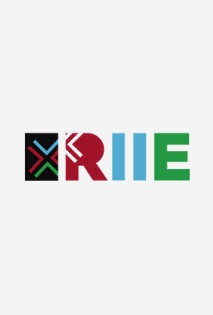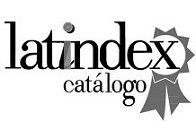Learning situations in pandemic contexts. Are they new ones?
DOI:
https://doi.org/10.30972/riie.13165759Keywords:
Corporeality - Teaching and learning processes - Bonding and virtualityAbstract
The article analyzes and reflects on new learning situations arising from the context of Preventive and Compulsory Social Isolation in 2020 due to the pandemic caused by SARSCoV-2 virus, and as stated by Decree No. 297/20. The article focuses on the core idea of Virtual learning in boys’ and girls’ education and teacher training: debates and proposals. With this aim, the research recovers practicum experiences carried out for the Chair "Integration, Research and Practice Workshop IV", of the Early Education Teaching Training Programme at Faculty of Humanities, National University of the Northeast, from November to December 2020.
In this paper, the experiences of two students beginning their teaching practicum, are analyzed. The analysis is also carried out with interviews to the head of the kindergarten, where the training was performed, and to the family of a girl student. seeking to link theoretical concepts that explain the relationship between learning, bonding, corporeality in this new context.
Downloads
Downloads
Published
How to Cite
Issue
Section
License
Aquellos autores/as que tengan publicaciones con esta revista, aceptan los términos siguientes:
- Los autores/as conservarán sus derechos de autor y garantizarán a la revista el derecho de primera publicación de su obra, el cuál estará simultáneamente sujeto a la Licencia de reconocimiento de Creative Commons que permite a terceros compartir la obra siempre que se indique su autor y su primera publicación esta revista.
- Los autores/as podrán adoptar otros acuerdos de licencia no exclusiva de distribución de la versión de la obra publicada (p. ej.: depositarla en un archivo telemático institucional o publicarla en un volumen monográfico) siempre que se indique la publicación inicial en esta revista.
- Se permite y recomienda a los autores/as difundir su obra a través de Internet (p. ej.: en archivos telemáticos institucionales o en su página web) antes y durante el proceso de envío, lo cual puede producir intercambios interesantes y aumentar las citas de la obra publicada. (Véase El efecto del acceso abierto).






.jpg)


